Blog #95 Red
Blog #95 RED
It might seem awkward to blog about a single color but there are some facts about color and specifically the color red that I find fascinating and I hope that you will too. Unless you’re dead set on shooting black and white all of the time forever and ever, eventually you will succumb to work in color.
I absolutely love and prefer black and white photography to color, in general. Ultimately, creating art and telling stories is not about cameras, focal lengths, film, grain, pixels, or color for that matter. Making images that matter is about having an interesting story to tell and using the right medium to tell that story. It’s about using the right tool for the job. My recent Blog #93 on Photographic Technique was about that very subject. You will need to be proficient in using color in your images to tell some of your stories that will need to be communicated through the language of color.
“Color” is word and a language concept that is more or less universal across cultures of the world. Red has some special significance with regards to all of it’s brothers and sisters in the visible light spectrum. Wait, did I just suggest that colours have a gender? Actually, this has been established a long time ago. Latin and romance languages such as Spanish attribute gender to colours. Red or rojo is masculine [strong] unless used to describe a feminine object such as a red rose or rosa roja. It’s common knowledge that roses are female, yes?


There are some factors and functions of the use of the color red historically, culturally, politically, and socially that may influence how or even if we decide to include this into our images. I’ll expand on these concepts later.
Technically, color is a type of electromagnetic radiation [from the sun] that falls with the visible light spectrum. There are parts of th spectrum of electromagnetic radiation that are not visible to humans such as gamma rays, X rays, ultraviolet rays, microwaves, and radio waves. All of these particles and waves differ by their wavelength and wave frequency that are measured in units called nanometers [nm] or terahertz [THz], respectively. The way in which color hits your eye will affect the spectrum of color on different dimensions such as intensity (brightness), and hue. Color can be defined from a physics point of view as “class of spectra [light] that functions to result in color sensations that are species specific”. The species reference here is used to highlight the fact that different species of animals have differences in the rods and cone structures of the eye that allow for differences in accuracy, distance, night vision, and color interpretation in the brain of the animal.
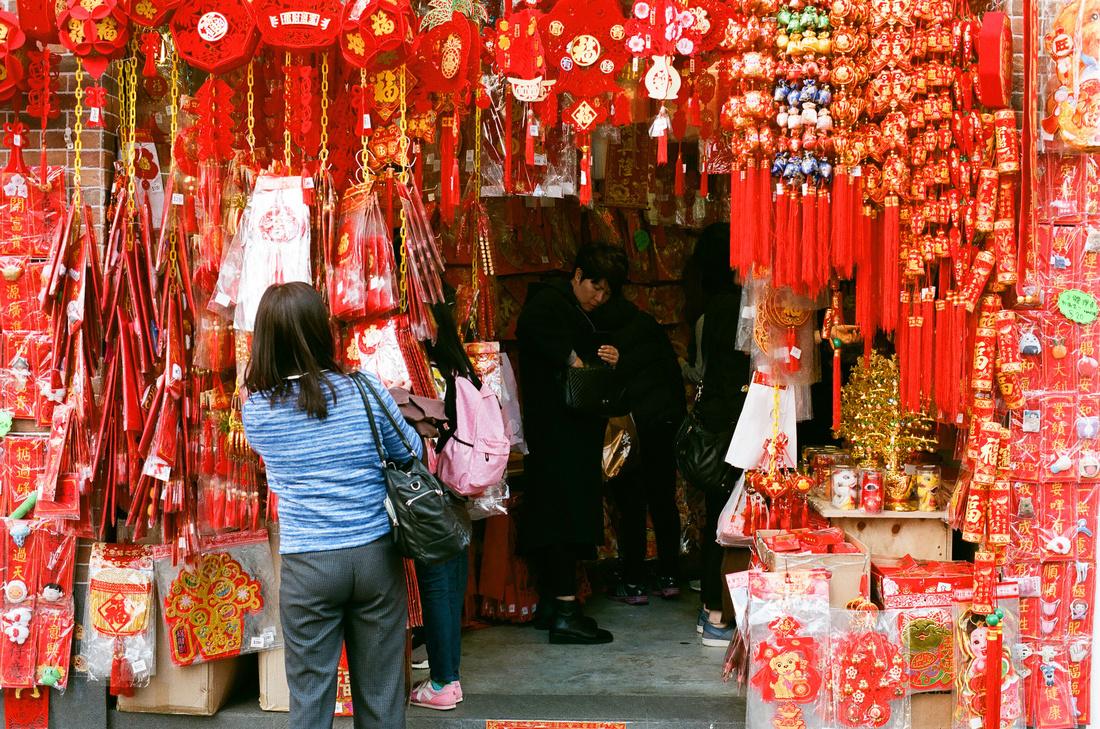

Red light is in the longer wavelength range of 700-635 nm and 430-480 THz wave frequency range reacts with the cone cells in you eye which causes an electro-chemical reaction in your brain that gives you the sensation and perception of seeing red although literally, not like the idiom seeing red meaning becoming upset or angry. It would be natural to wonder at this point, Is your red the same as my red? Do all people see red the same? That is a difficult question to answer, definitively, since we cannot measure perception and experience beneath the skin yet. However, we can measure language responses to color as behaviors that can be observed, measured, and compared across people. Therefore, a logical and reasonable response to the inquiry above might be “Yes, they are the same, probably, if viewed under similar or identical environmental conditions.
We learn as children to talk about red and we agree on red. Therefore, your red is my red and my red is your red. Let’s continue.
As mentioned above, there are many ways in which the color red has influenced us culturally, historically, politically, and socially. The list below shows ten examples.
- Red is the color of blood, meat, many foods, the sun [flag of Japan] fire, power, life, and death. Stop signs are red to warn of the dangers of failing to stop while driving.
- From ancient times, dyes that were used to make the color red were highly sought after, prised, and rare.
- Ginger is the name given to people with red hair although red hair only occurs in about 1% of the population. Many cultures have strong beliefs about people with this hair color that vary from ridicule to admiration. Today, stereotypes may continue that red heads have fiery personalities.
- Red is used extensively in Chinese culture. Originally used as a bright colour to evoke fear by representing blood or fire, the color red was thought to be able to scare away evil spirits. This is still used in Chinese New Year and other festivals regularly and represents good luck and good fortune.
- When Director Steven Spielberg’s filmed Schindler’s List, he chose black and white. There was one striking scene later in the movie when a little girl runs through a concentration camp wearing a bright red coat. The movie is a remarkable story about a man named Schindler who repeatedly risked his life to employ and hide Jews during World War II in Nazi Germany when the Holocaust was happening. The red coat gives the viewer a spark of hope, a sense that the Jews might actually survive the madness and atrocities of the time and the scene represents a very effective cinematic use of selective coloration.
- Red (2010 film) and Red 2 (2013 film) were American action comedies based on a DC comic book series by the same name.
- During the Cold War, “The Reds” was the nickname given to Communists by the Americans and the West. This may have been a reference to the “Red Coats” name used to describe the enemy soldiers of the Crown of England during America’s Revolutionary War centuries earlier who literally wore red coats most likely with the intention of sticking fear in their enemies. Sorry mates, but we all know who won that one!
- Red has been used in many revolutions [i.e. Chinese, Russian, Vietnamese, Cuban) and in military insignia. “Red” states are considered those who vote republican [the party of the white wealthy minority] compared to the more popular democratic blue states in America.
- The Catholic Church has used red in ceremonial activities such as in the clothing of cardinals. The Crusades, and the flag of England used red.
- Many activities of people in modern times are expressed using the color red. Love, Valentine’s Day, passion, happiness, ceremony, celebration, sports [Cincinnati Reds], flags of many nations, anger, aggressive behavior, warning, danger, and sexuality.
Finally, color photography tends to work well when the color or colours that are being included into the image have a defined place and role. Red is a strong stand-alone color. It goes great with green, blue, yellow, and its variations are countless. Have you ever noticed that Red is usually the first color in a box of crayons, or used when teaching kindergarteners the colours of the rainbow [ROY G. BIV].
Ted Forbes from YouTube’s The Art of Photography did a Photo Assignment on Red that is worth viewing for some inspiration on the subject of color and on red, specifically.
The [red] light is always right!
jhg
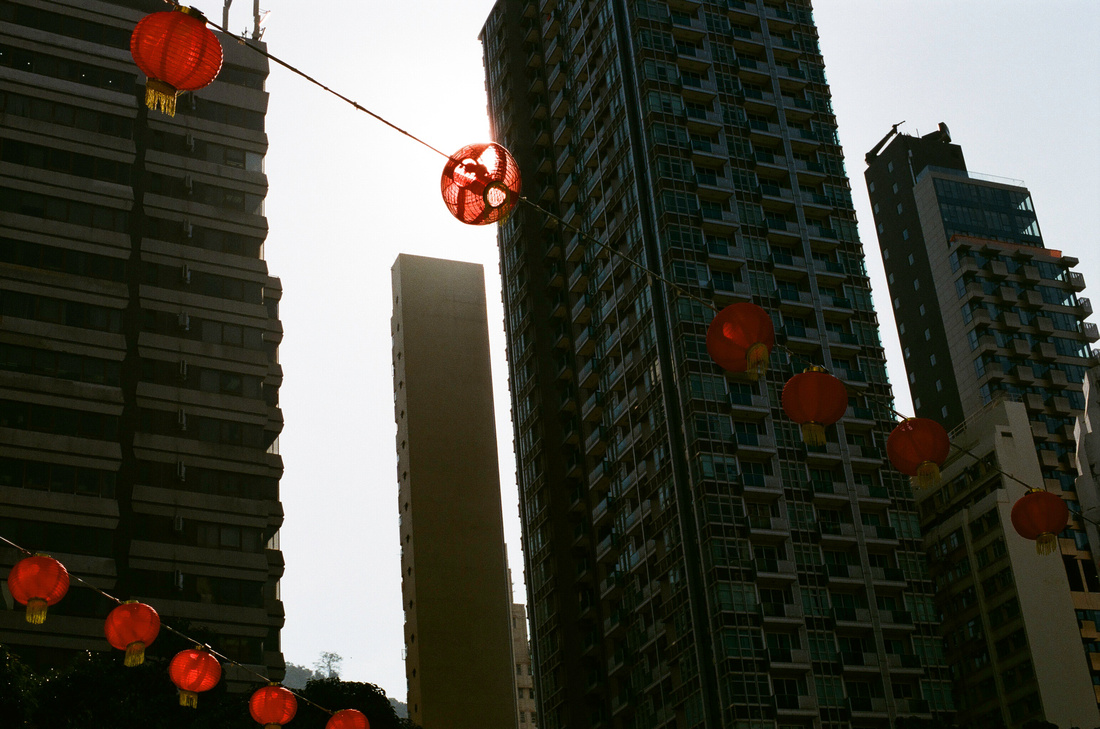

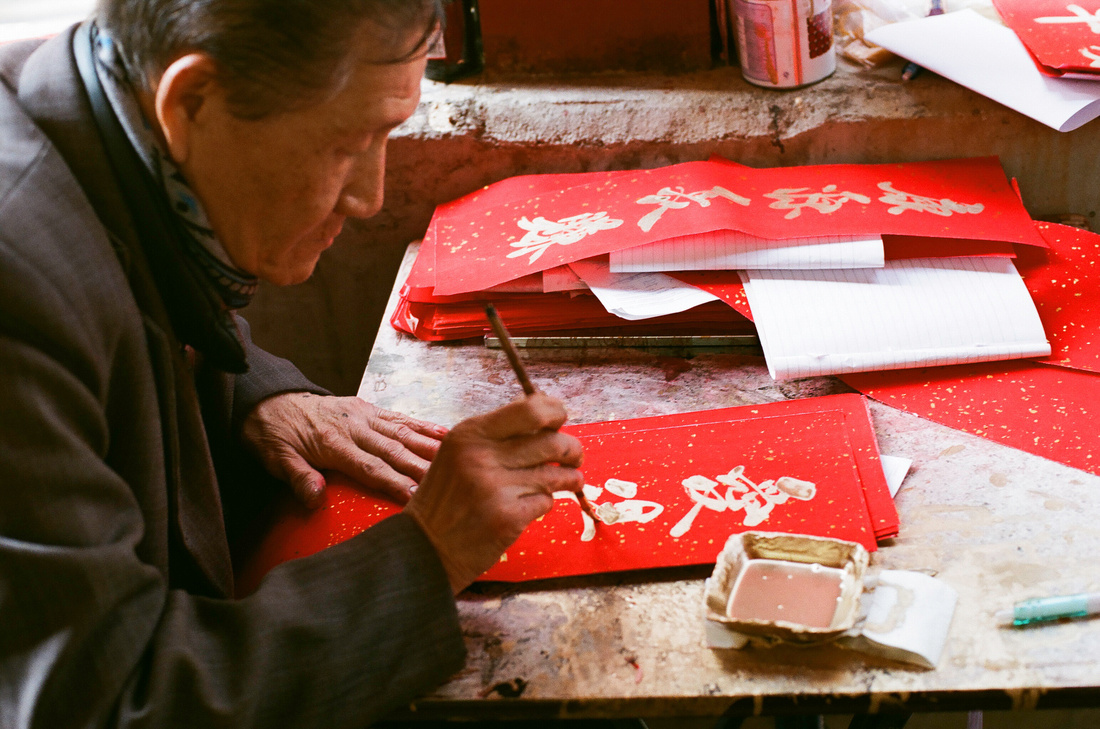

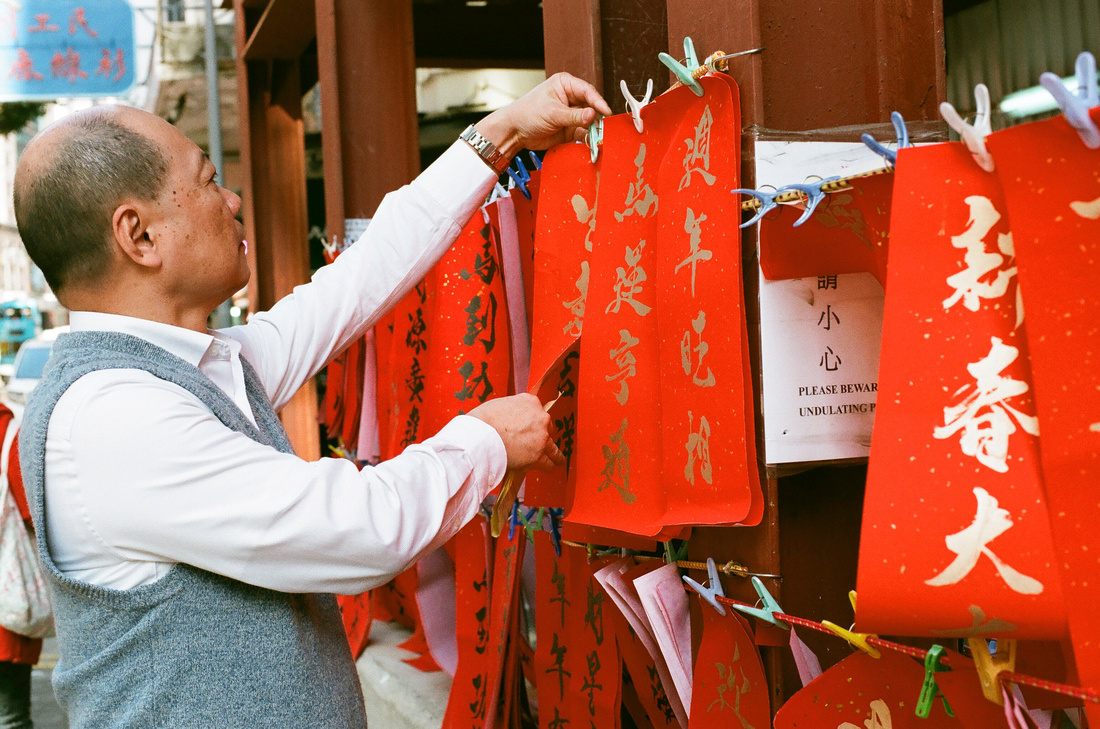

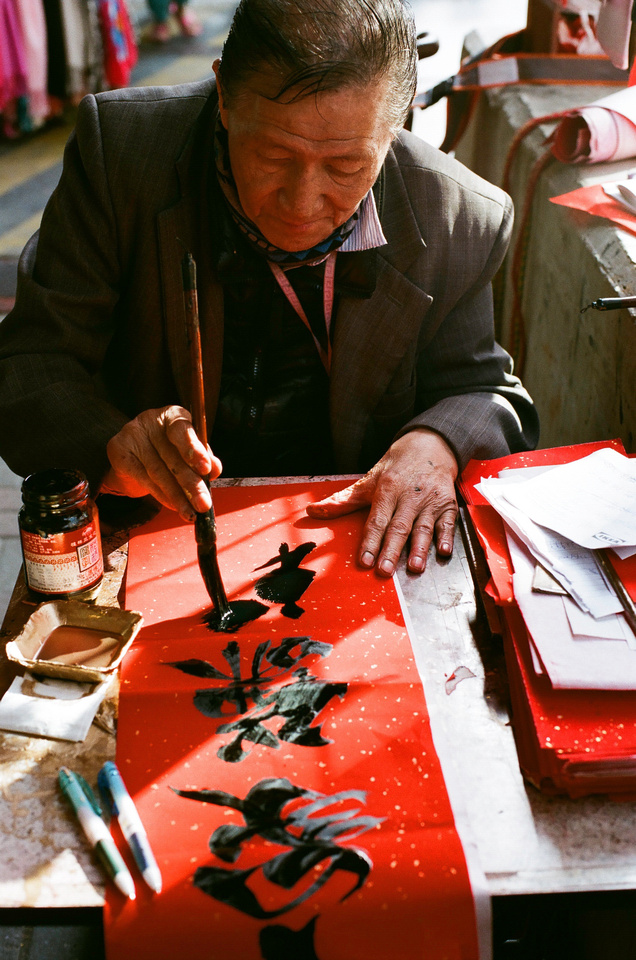

*Images here are original shot with Nikon F100 + Sunny 16 35mm Colour Film*
Casual Photophile Tip & Techniques No. 001 The Subject is the Subject
The Inspired Eye Photography Magazine Issue #40 (full interview)
Hong Kong Free Press: HKFP Lens
Blog #25 Don’t Be Afraid of the Dark[room].
Blog #47 Composition, Composition, and More Composition
Blog #65 Summer is for Travel (Hanoi)
Blog #67 Risks, Rules, & Restrictions
Blog #68 Photography is a Gift
Blog #72 Living the Creative Life
Blog #90 Restrictions, Revisited
Blog #93 Photographic Technique
Blog #94 The Stone That The Builder Refused
Blog #94 The Stone That The Builder Refused
You love photography just like me. You wear a camera. You shoot professionally or for personal projects, or just for the hell of it because it’s fun and exciting, and creative, and magical. After the proverbial day at the races you send your roll off to the lab or you dump those 286 jpegs into your laptop. You might wait four minutes [for the coffee press to be ready] or maybe four weeks until you return from Mars, but eventually you will need to edit your photos. Thus, it begins…
There are three types of photographers when it comes to editing. You might be a runner-up for the show Hoarders and never delete a single image. The risk with this approach is that your hard drive will be sure to implode into a singularity and wipe out everything within 2 kilometres of your apartment. Plus, who the heck wants to edit all of the images when there are three keepers in the whole lot anyway [if you’re lucky]?
You might be the zen photographer who walks around the streets for eight hours at night, making only eight images and you’ll only keep the ONE! One and done? We’ve all heard about the mathematic or musical savant but photographic savants are like dragons…they simply don’t exist.
Most of us fall somewhere on the middle path. We delete the mistakes such as the really blurry or accidental shots…the “oops” I didn’t mean to snap that bird or car bumper image, then we keep and edit the rest. After a few run-throughs there are a few images that work and that you are proud of and feeling that they are share-worthy. Maybe you share them immediately, or maybe next week, or maybe next month. Regardless, there are the forgotten ones that sit for all of eternity on your dusty hard drives and in plastic air-tight bins under your bed stuffed with sleeves and sleeves of film negatives.
Now what? Is there value in looking back and unearthing these heirloom greats from their dusty places of rest? Did you miss something? How could you? You made your list, checked it twice, and found which images were naughty or nice. The ones that didn’t make the cut are dead to you now, gone forever. Right?
One of my current projects is shooting in square format and after doing some research for this project, I recently went back into my image folder archives and started cropping a bunch of images in square format. The exercise was educational at minimum. I was able to find some images that I had forgotten about and was reacquainted with those. It become clear that I had made some really significant improvements over the years.
I was able to identify some themes to my previous work, some images that were better than I had thought they were at the time, and the cropping into square format functioned to revitalise some of the images into half way decent or better.
In Matthew 21:42 it is written “Jesus said to them, "Have you never read in the Scriptures: 'The stone the builders rejected has become the cornerstone. This is from the Lord, and it is marvellous in our eyes' ?
Corner Stone (By Bob Marley) is a lovely melody based on this writing that reminds us to be cautious when casting things aside. We ought to apply this principal to our image making and editing. You might just find something marvellous.
The light is always right.
jhg
- Images here are my own and were made while on a boat in the Victoria Harbour at night using my mirrorless Fujifilm X-E3 and Fujinon 18mm-55mm f/2.8-4.0 Zoom Lens. Hong Kong has arguably the best skyline of any city, anywhere. I tried to capture the light and energy here in these images. I hope that you enjoy them.


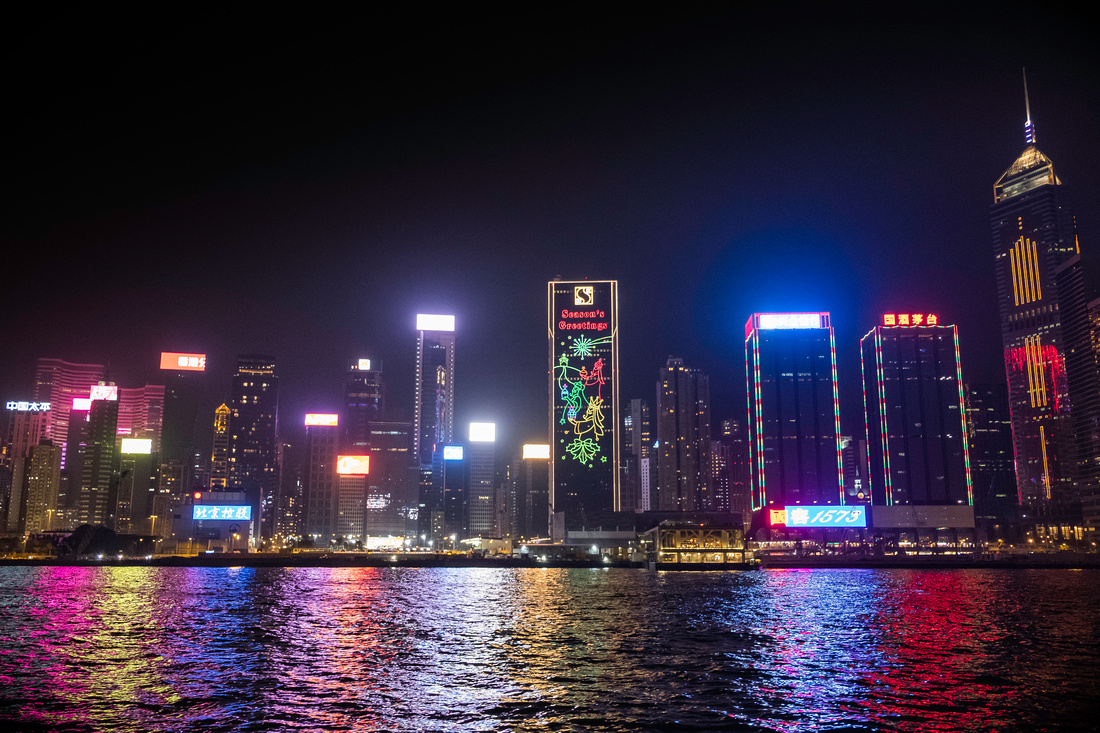

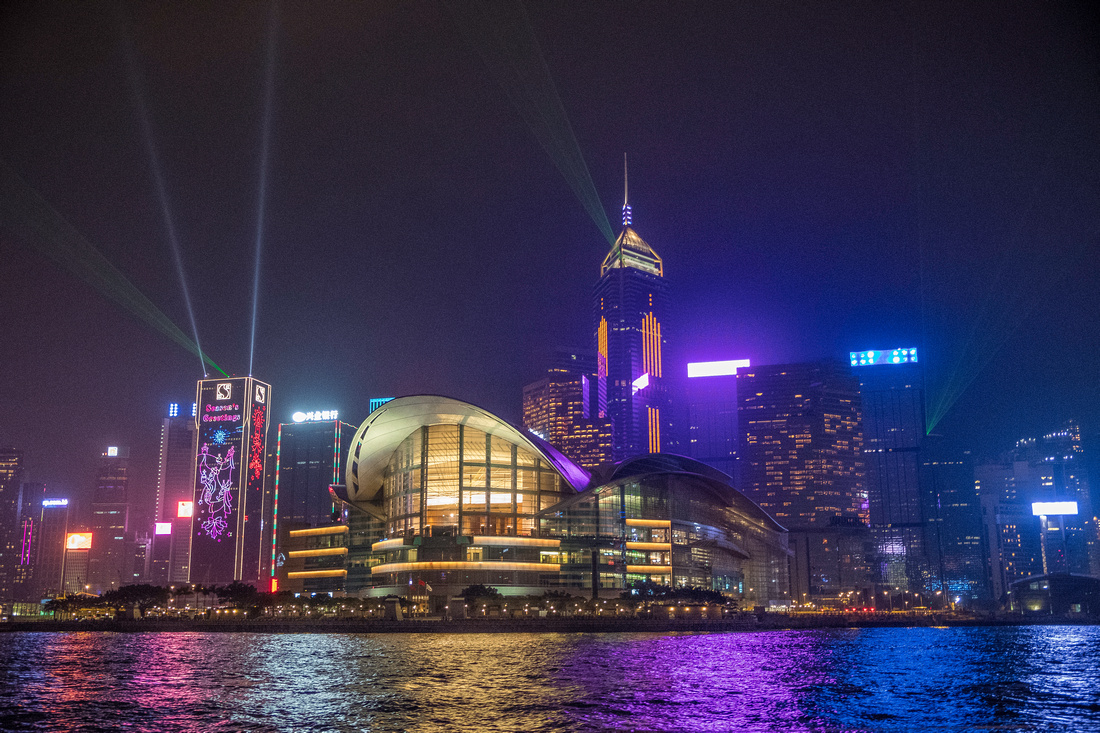

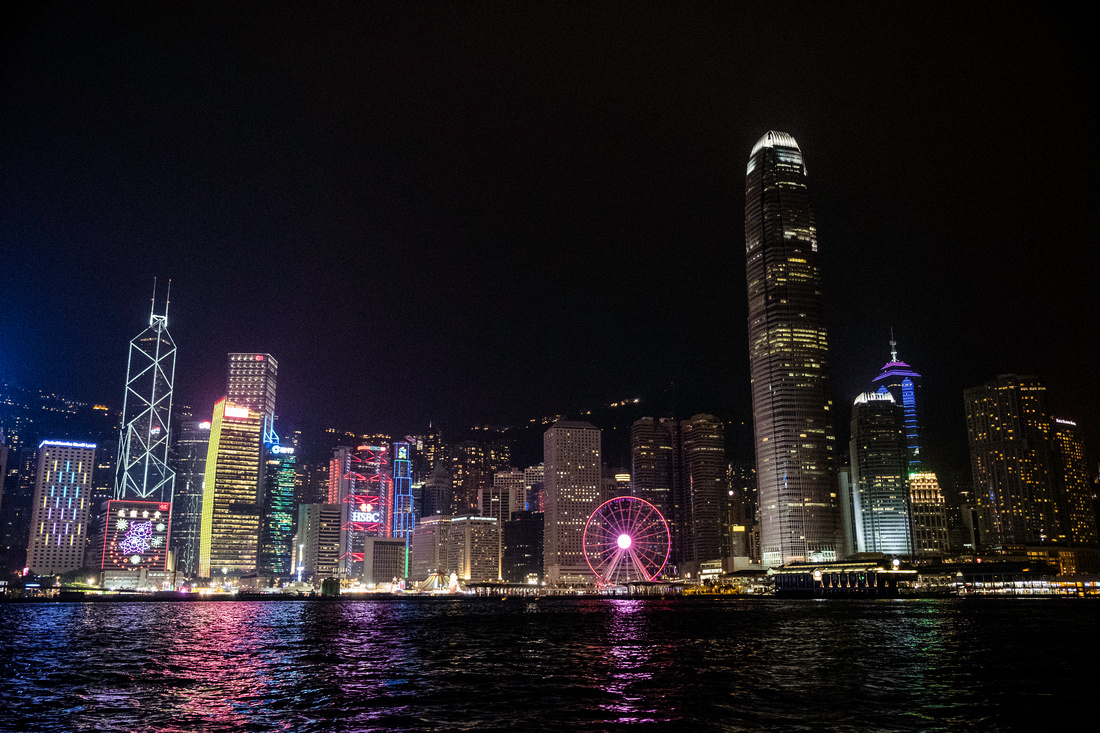

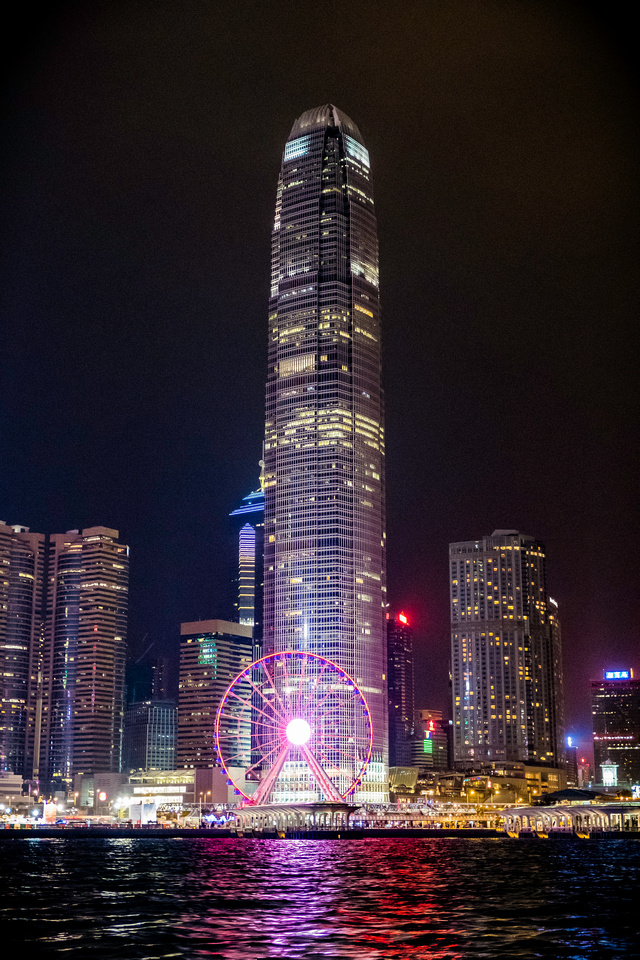

Casual Photophile Tip & Techniques No. 001 The Subject is the Subject
The Inspired Eye Photography Magazine Issue #40 (full interview)
Hong Kong Free Press: HKFP Lens
Blog #25 Don’t Be Afraid of the Dark[room].
Blog #47 Composition, Composition, and More Composition
Blog #65 Summer is for Travel (Hanoi)
Blog #67 Risks, Rules, & Restrictions
Blog #68 Photography is a Gift
Blog #72 Living the Creative Life
Blog #90 Restrictions, Revisited
Blog #93 Photographic Technique
Blog #93 Photographic Technique
Here’s some food for thought while working on photography projects. Think of the following recommendations as like a wine pairing. Sure, you can have red wine with fish or white wine with steak, but the opposite usually works better, in general.
The old adage that punishment should fit the crime might apply to the photography project here, but in a different (and not so painful) way.
A subject matter will be best represented or presented in a specific type of manner. Images of a certain type tend to work better given that the technique is paired or matched well. For example, here are ten examples to illustrate this point below.
- Black and white 35mm film for street photography at night in a small town with little colour of interest on the streets [no neon signs here, boss]
- Smartphone color images for a family holiday at the beach
- Colour images using motion blur and a DSLR to shoot sports
- Old theatre and costume portrait images using medium format film or digital images made to look old with sepia toning done in post processing.
- Colour fashion portraits with a Hasselblad medium format film camera and Kodak Portra 400
- A music concert or shooting images of a band in a bar at night with a mirrorless digital camera shot in colour then post-processed in black and white
- Colour Instax film indoors with a flash on a holiday with family
- A hike in scenic mountains with a 35mm camera, a wide angle lens (24mm or wider) and some infrared film.
- Touring a new city with a small mirrorless camera a 35mm lens [or zoom] to make color travel images.
- DSLR or Mirrorless camera for colour images of food for commercial and promotional usage such as printing.
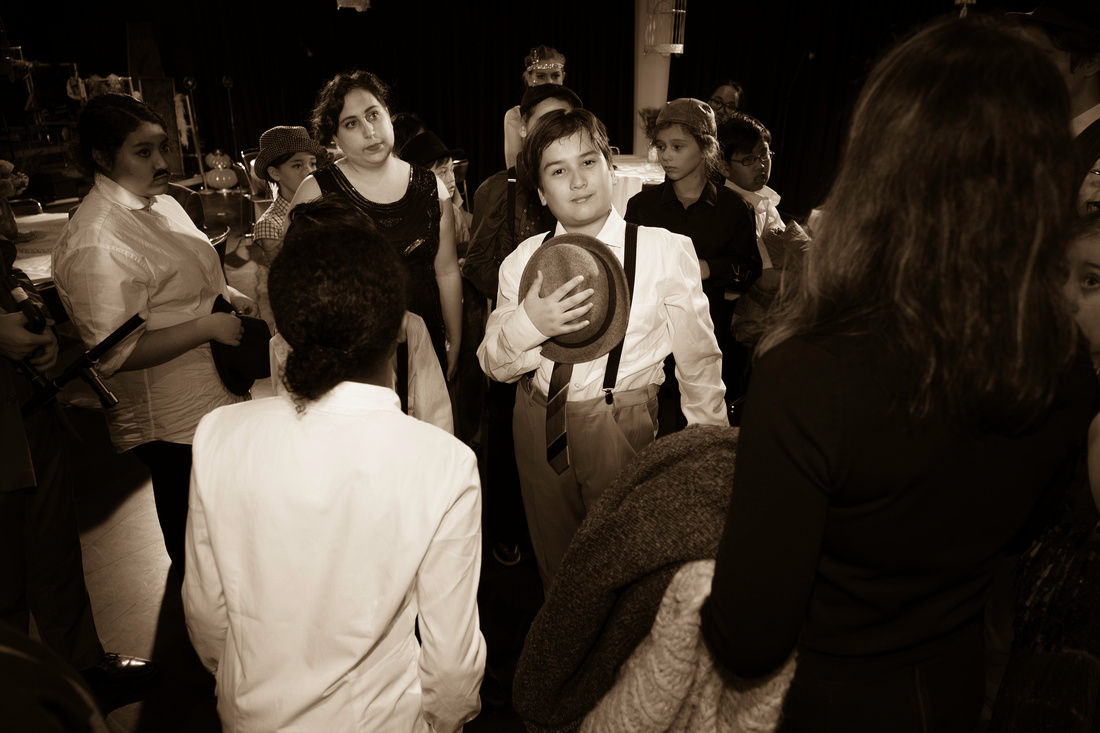

So there are 10 suggestions for camera, lens, and film or digital applications. I have personally used combinations like these in my personal and professional life as a photographer. There are simply combos that work well or better than others. Of course you can shoot everything with a smartphone, and any one of the combinations listed above. However, if you prescribe to the Right Tool For The Right Job ethos as I do, you might find these suggestions helpful.
Professional photographers have various gear for this very reason. You sort of need a wide angle lens to shoot landscapes and a telephoto to shoot sports. It just works better. Try some various techniques. Your project idea should come first and then the gear should follow. Of course you could do it the other way around, however, I think that the best results would result from the former approach.
Good luck with you project and gear combo for the occasion.
The light is always right.
jhg
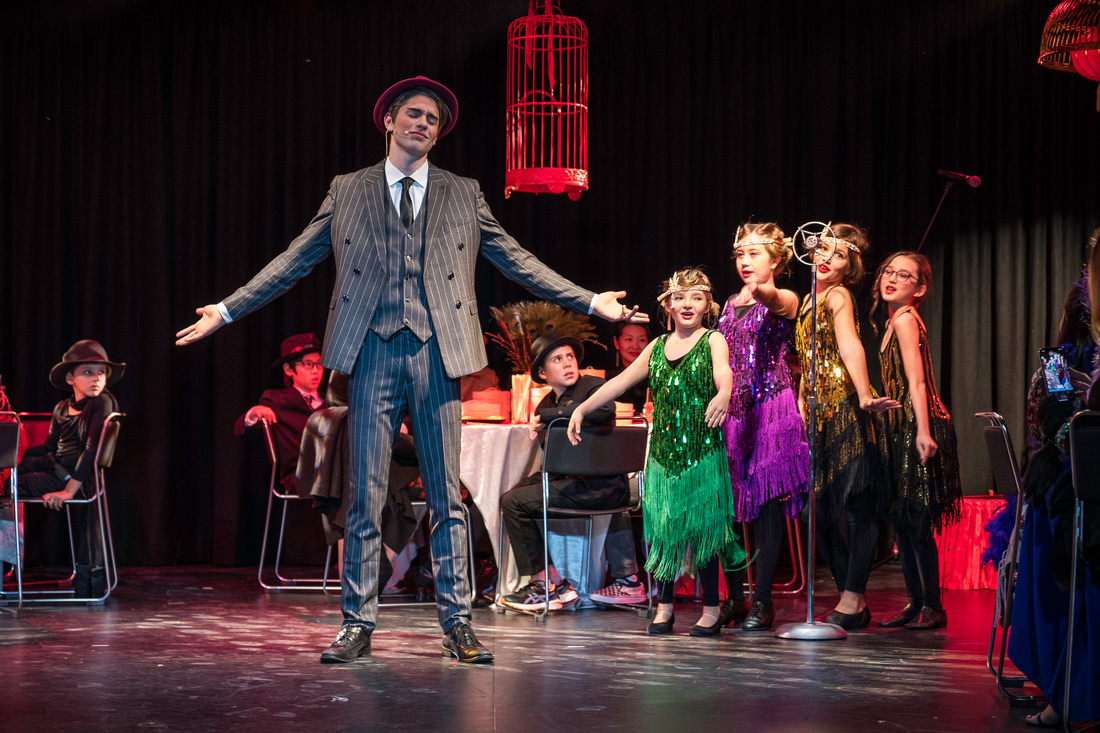

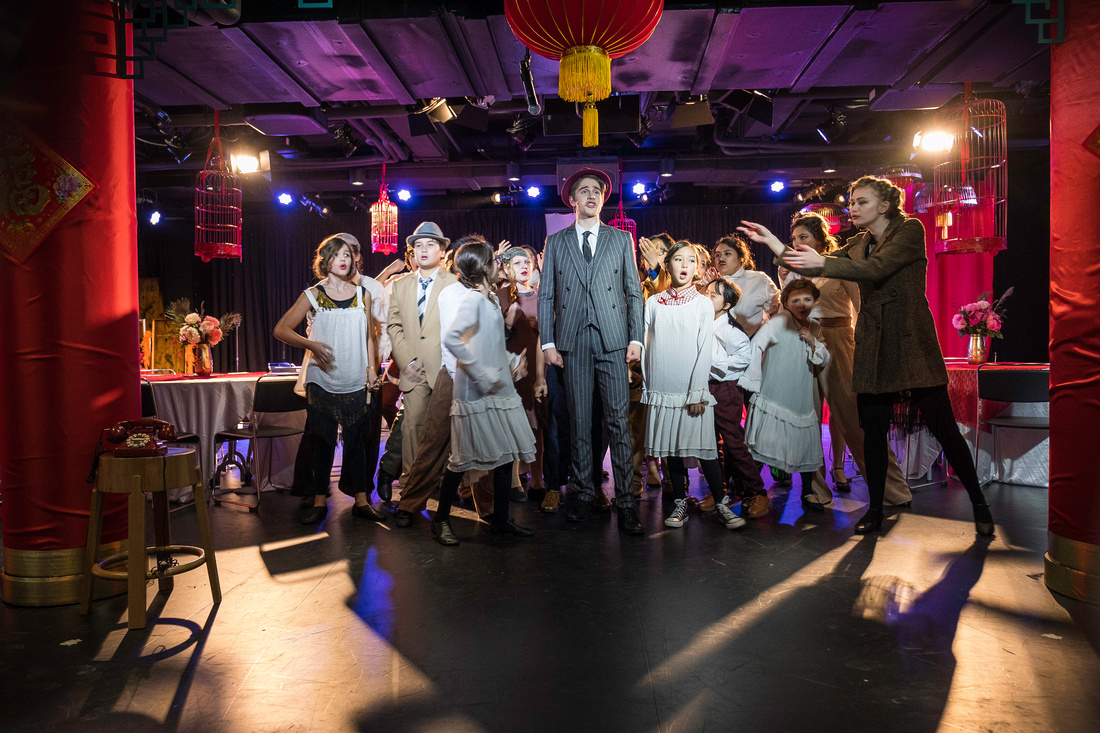

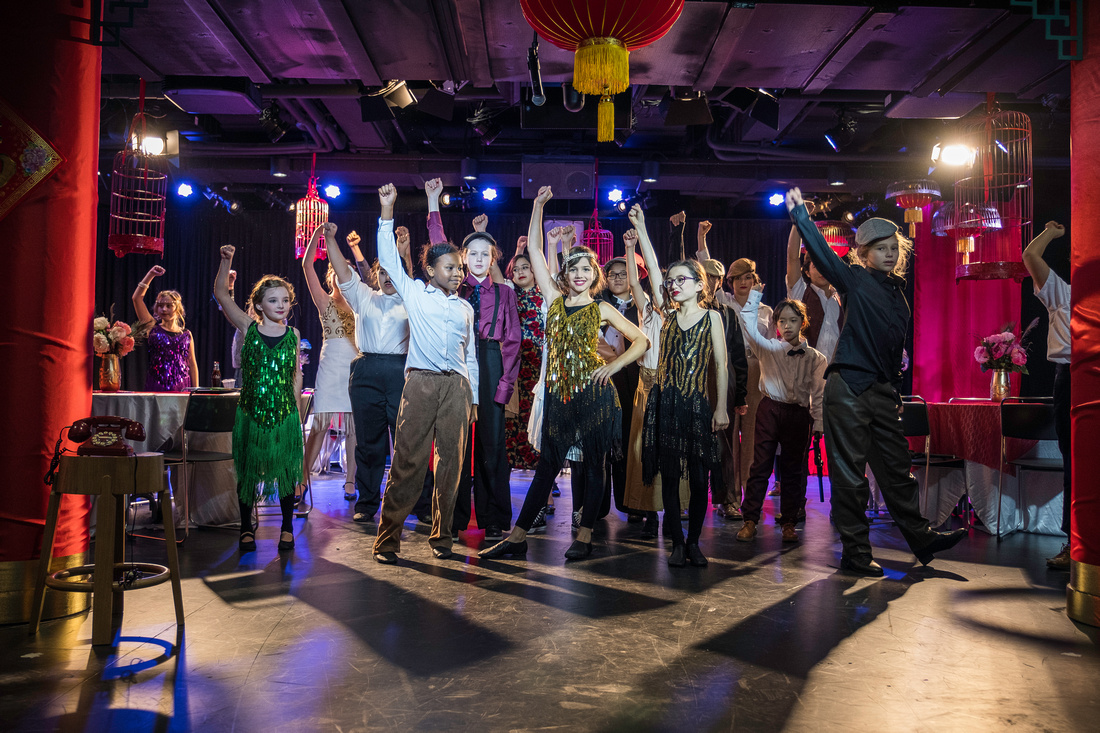

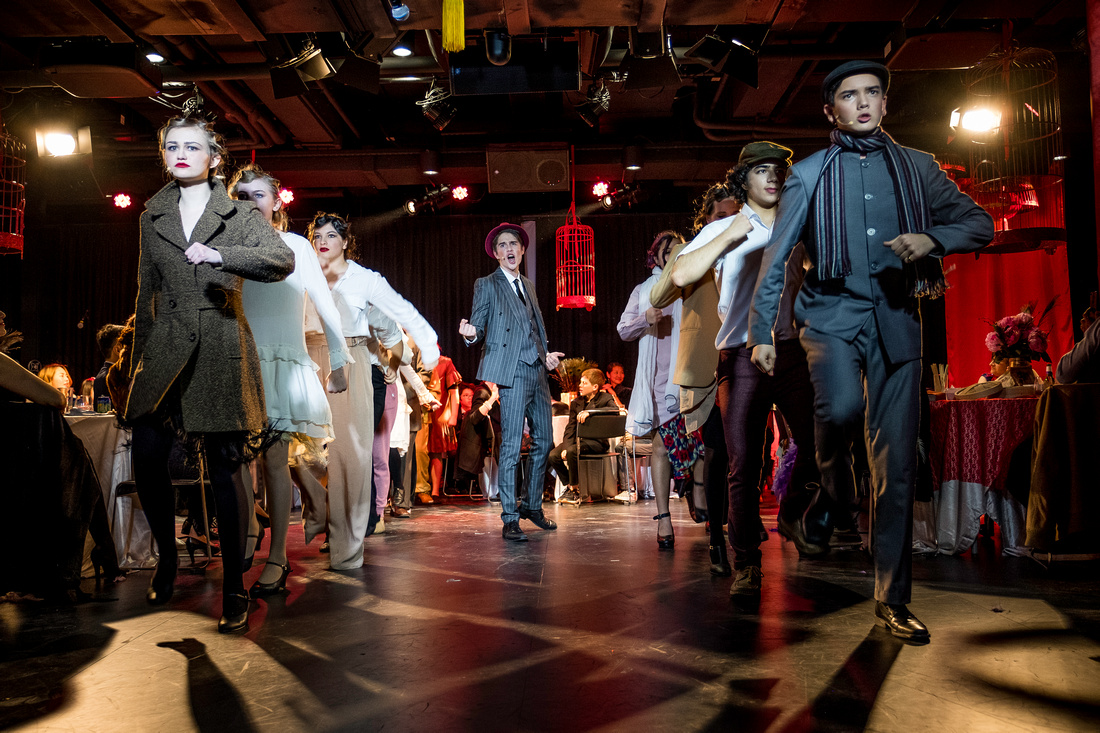

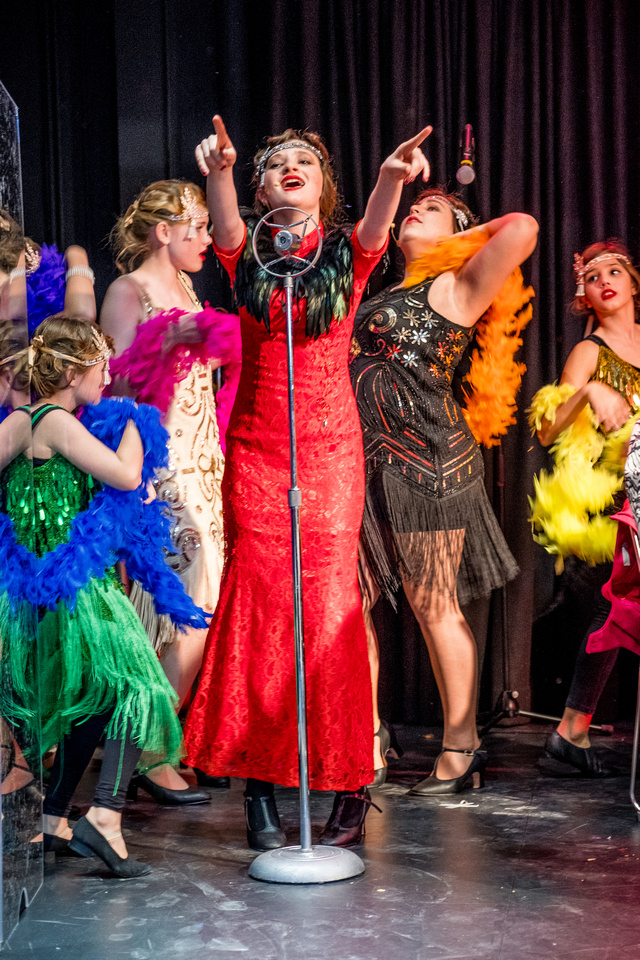

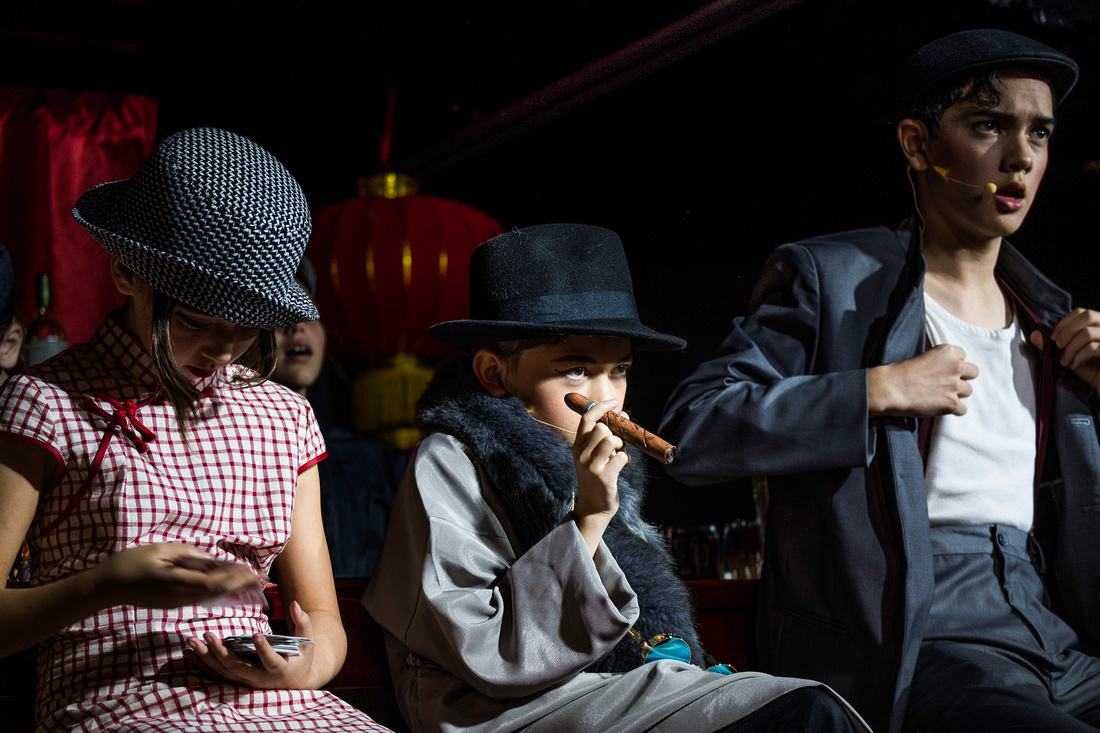

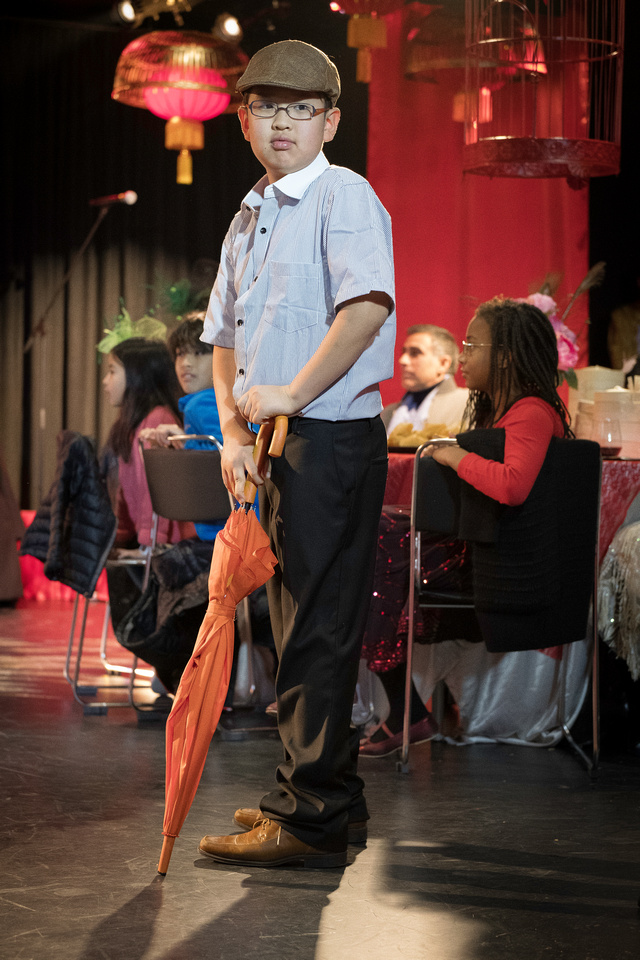

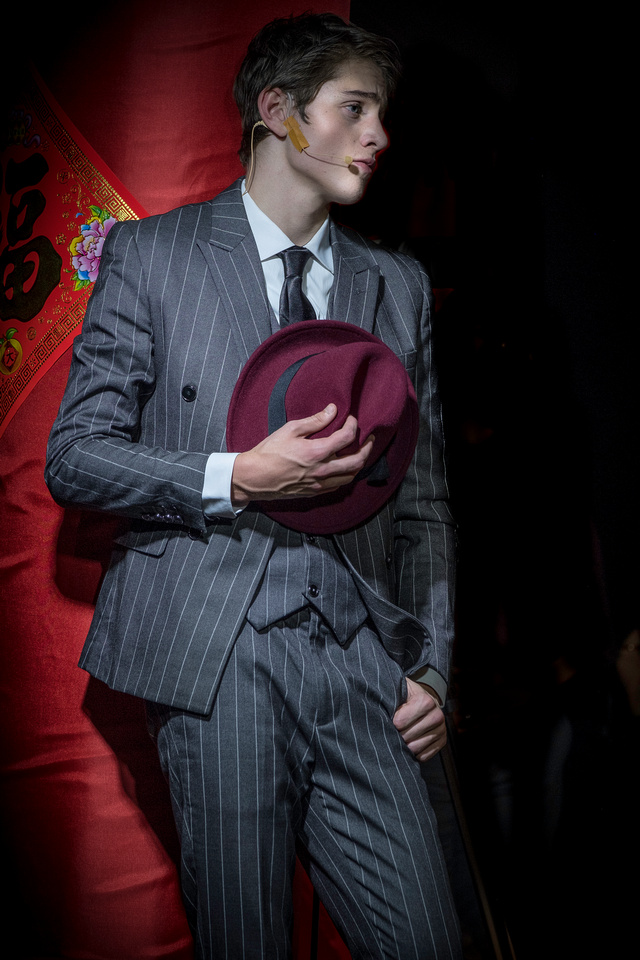

*Images here are my own and from The Harbour School's performance of Bugsy Malone in The Grove Campus Black Box Theatre*
Casual Photophile Tip & Techniques No. 001 The Subject is the Subject
The Inspired Eye Photography Magazine Issue #40 (full interview)
Hong Kong Free Press: HKFP Lens
Blog #25 Don’t Be Afraid of the Dark[room].
Blog #47 Composition, Composition, and More Composition
Blog #65 Summer is for Travel (Hanoi)
Blog #67 Risks, Rules, & Restrictions
Blog #68 Photography is a Gift
Blog #72 Living the Creative Life
Blog #90 Restrictions, Revisited
Blog #92 Moving Pictures
Blog #92 Moving Pictures
Moving pictures is not a reference to the Canadian rock band RUSH amazing 1981 album. However, this is photography blog so this entry will be about this thing called video. Early on in the 20th century when film was made into longer reels and recorded continuously, there was the birth of the movie, or quite literally, moving pictures. Early silent films were 16 to 24 frames per second (fps). By the 1920s when sound started to be paired with the moving pictures, the industry standard adopted around 24 fps. These days, video streams at 24, 30, 60 fps, or way higher for slow-motion with butter smooth performance. Frame rates of 120 or 240 fps are pretty much baked into every smartphone these days. This is absolutely amazing!
I love to make photos, usually on film cameras. I develop and process the images myself. I do very little post-processing as a rule. Maybe a 10% crop, heal a few spots, adjust the exposure, lift the shadows, punch the contrast, add a touch of vignette, and voila! I’m on to the next one. With Lightroom and Presets at our disposal, we can streamline our workflow to a matter of minutes.
Video for me until recently has been elusive, complicated, and downright scary. I just don’t have the hours and hours necessary to post process the stuff. I was careful to never say never and it’s a good thing I didn’t. Recently, I had the opportunity to shoot a music video for the absolutely fantastic group of talented gentleman Metro Vocal Group (MVG). They were planning to do a special tribute in black-and-white and they really liked my black-and-white work so they invited me to shoot a music video with them. I accepted the challenge. I approached the scenes from a still photography perspective in terms of composition and lighting, which proved to be a good approach, for the most part. Best of all, MVG was going to do all of the post processing. This was going to be really important since the sound was at least as important as the video piece.
Making a music video is hard work! The day of the shoot was like eight hours. All of that will be compressed down to three-a-half-minutes. It was a really terrific experience and I gained a new found appreciation for videographers. I brought three lights and MVG loaned me a Sony full frame mirrorless to play with before the shoot. I am really curious about the result and looking forward to the final cut. Links will be shared later.
I would encourage any film or still photographer to shoot some video, even shorts, to get a new feel for a similar medium. As a visual artist, expanding your horizons us usually a good thing.
The light is always right.
jhg
*Images here were made Behind the Scenes on an iPhone or Nikon FE with black and white film. Thanks to AnnMarie for the photos that I’m in.**


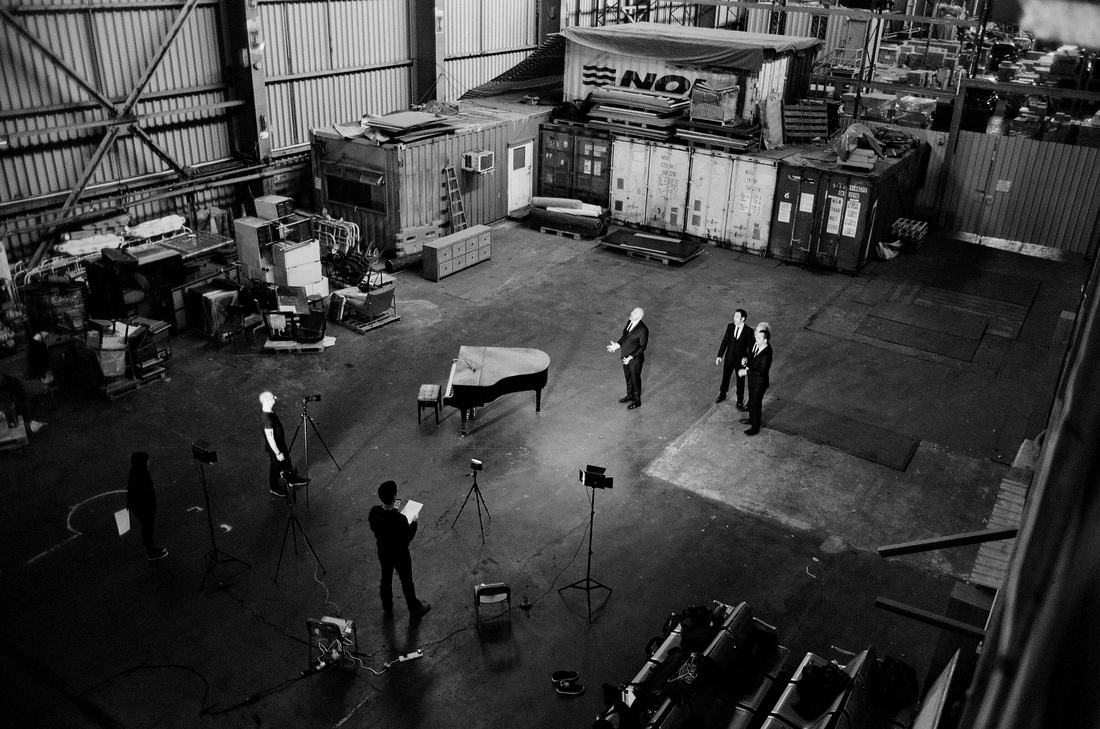

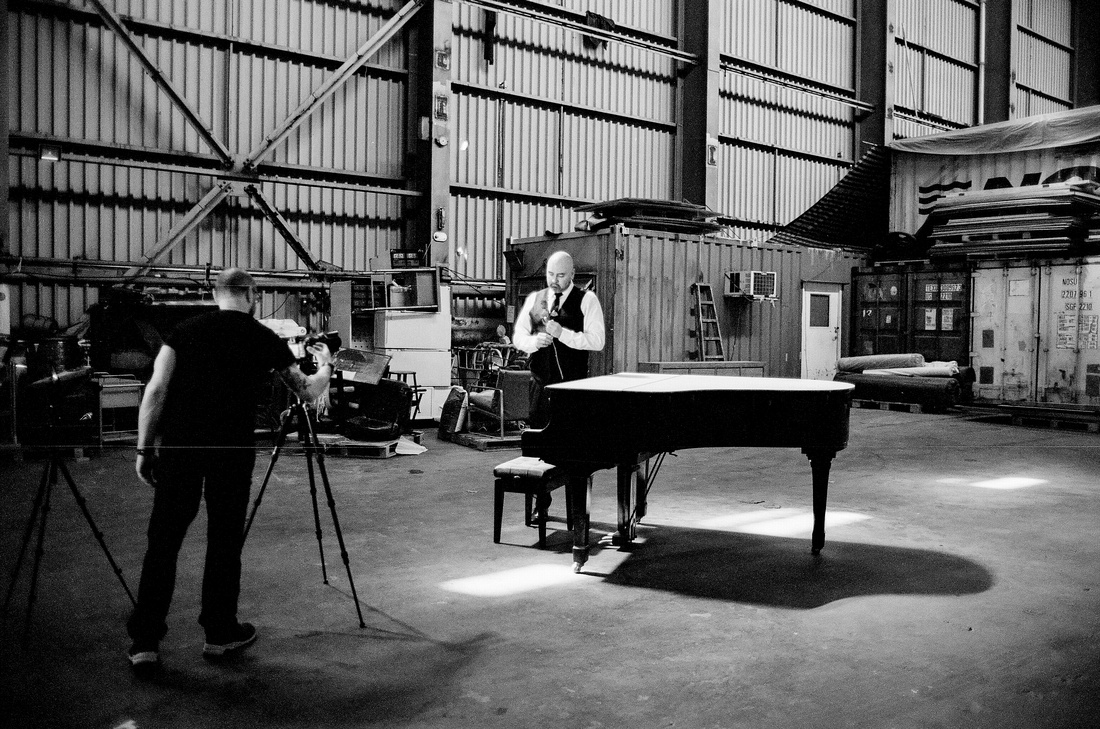

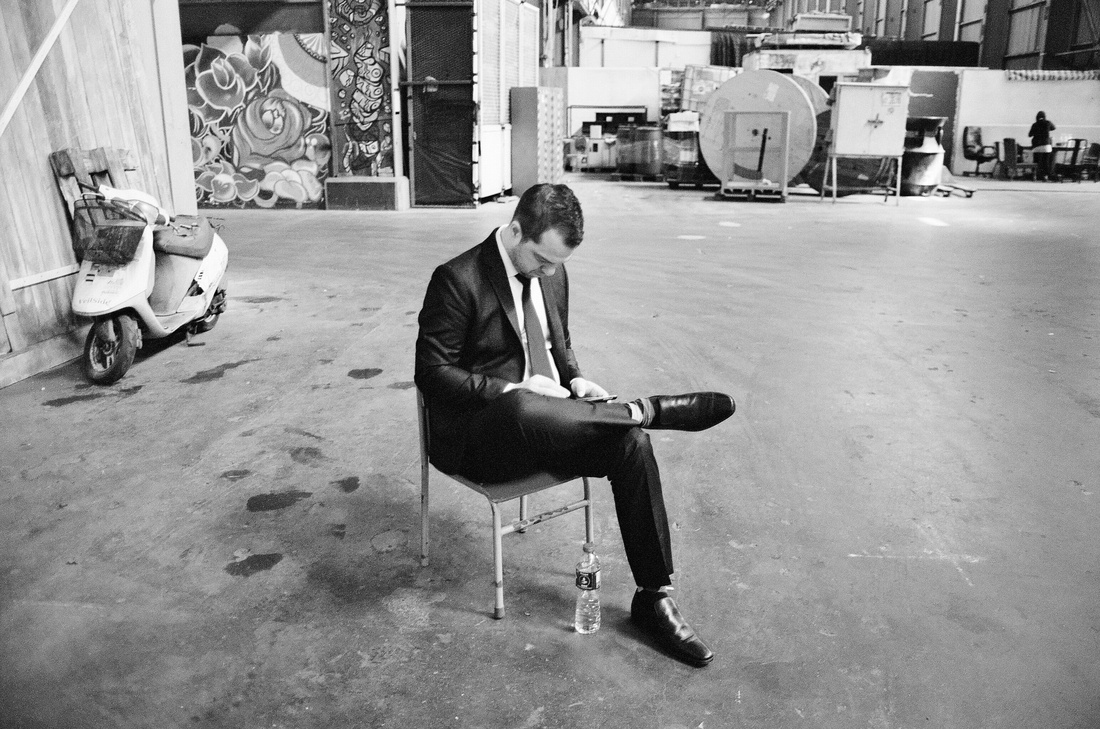

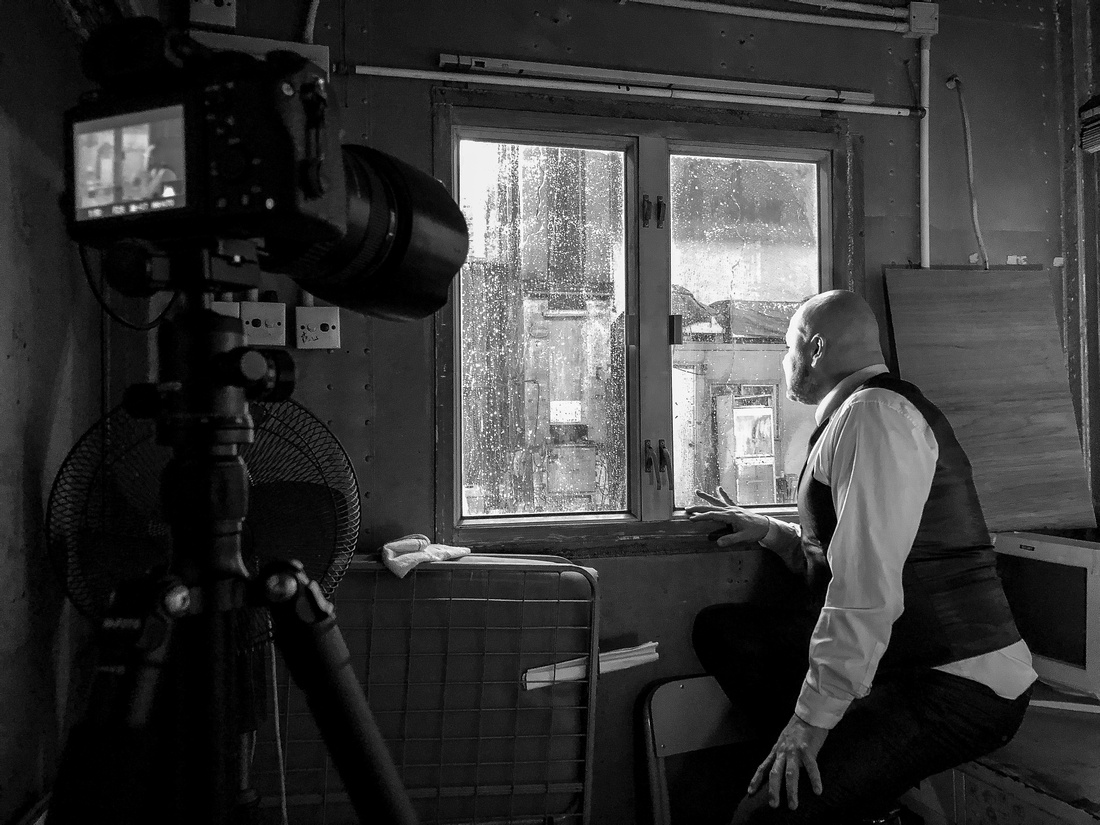

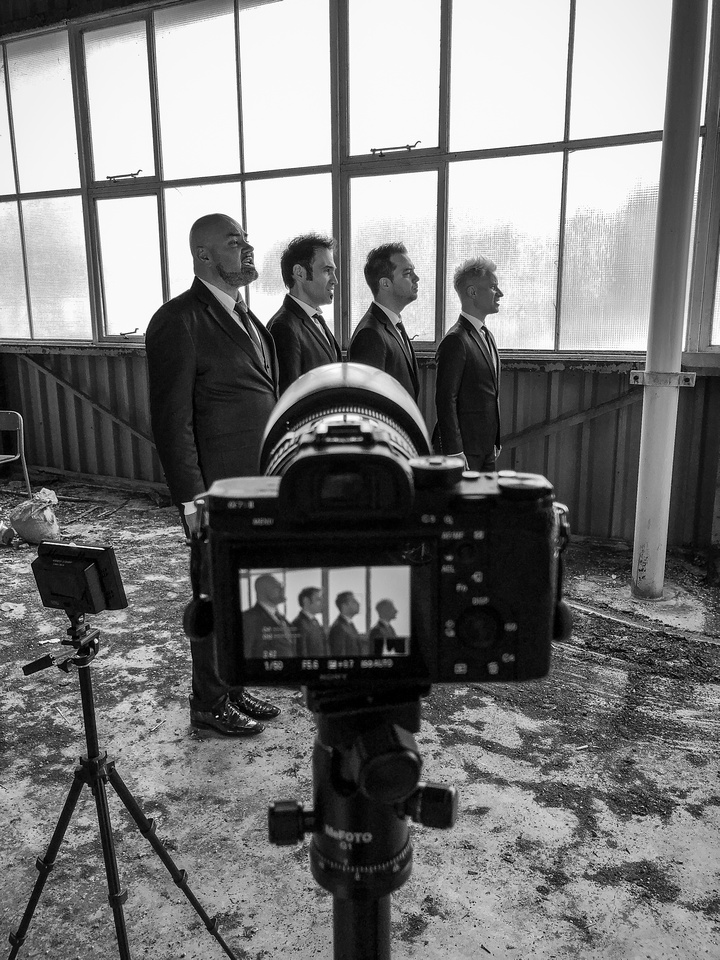

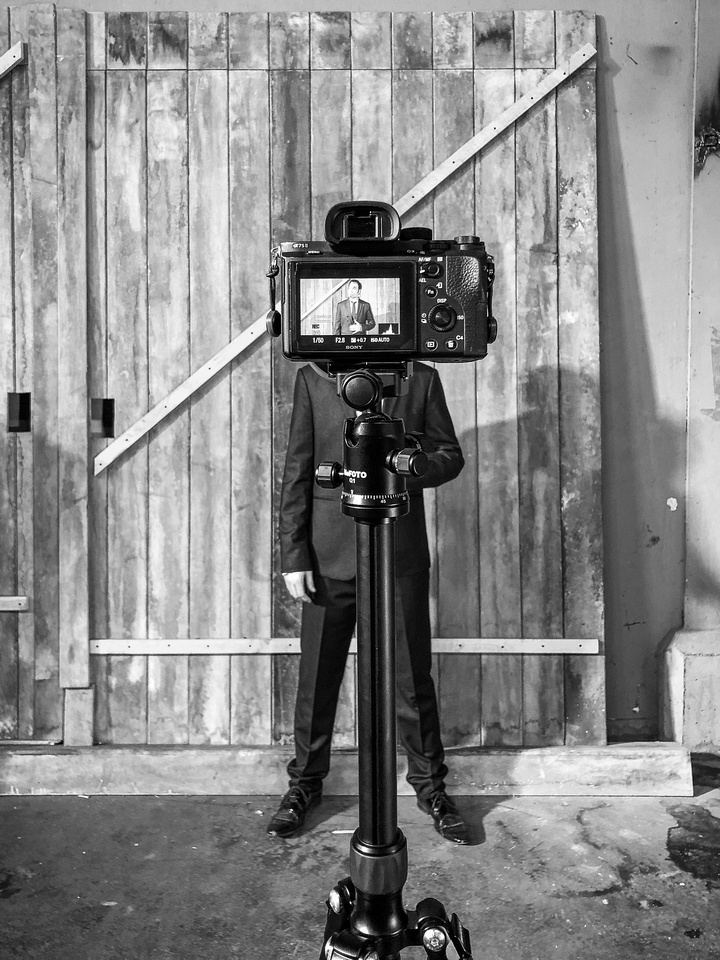

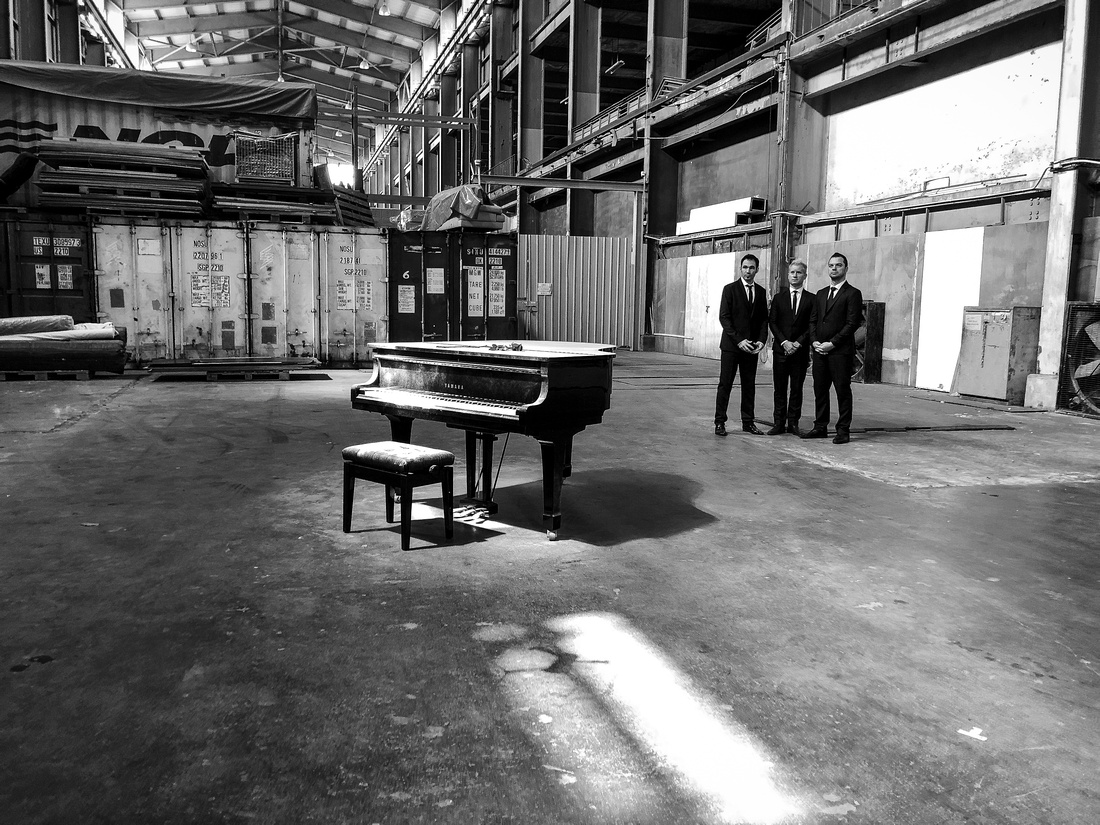



Casual Photophile Tip & Techniques No. 001 The Subject is the Subject
The Inspired Eye Photography Magazine Issue #40 (full interview)
Hong Kong Free Press: HKFP Lens
Blog #25 Don’t Be Afraid of the Dark[room].
Blog #47 Composition, Composition, and More Composition
Blog #65 Summer is for Travel (Hanoi)
Blog #67 Risks, Rules, & Restrictions
Blog #68 Photography is a Gift
Blog #72 Living the Creative Life
Blog #91 Blah, Blah, Blog.
Blog #91 Blah, Blah, Blog.
WTF? No, I’m not starting this week’s blog with a rant. Rather, as I’m approaching my 100th [triple-digit] post, I’m reflecting on the function or purpose my photography blog. Maybe you’re writing one or thinking about writing a blog yourself. Perhaps reading mine will tilt you in one direction or another. Thank you, by the way, for following me on my creative journey.
A blog is a term that comes from weblog that is basically an informal online [web] discussion about a topic or topics.
What’s The Function of a blog? WTF? There are about five functions that I can identify and will share with you below.
1. DOCUMENT
As I develop my creative self and photography I find it beneficial to write down and share my experiences. The activity of blogging is akin to putting down professional or creative “breadcrumbs”. Reading old blogs, I can see from whence I came and that gives me a sense of accomplishment along my creative journey.
2. ORGANIZE
Blogging can be instrumental in organising my activities, goals, and general approach to photography. The practice of writing for an audience albeit small and reserved, forces me to develop a plan, push forward, and define my focus as a photographer.
3. REFLECTION
Writing for an audience and recording my trials and tribulations inherent in the creative process allows for constant reflection. Reflection can benefit the creative process through avoidance of repetition. We must constantly re-invent ourselves to stay “current”. All artists must struggle with this in their own way.
4. SHARE
I share experiences to inform and inspire. At the risk of sounding cliché, I do get inspired by other photography blogs and therefore I write and share in the hopes that my experiences and words will have a similar influential affect on others. It’s a process of give and take for me, ultimately.
5. BRANDING
Full disclosure, blogging is a way to stay current, keep in the public “conversation” or conscience and to provide a safe and stable platform to share my images on my own terms. Although my professional work is limited to events, portraits, and food I share other types of images here such as travel, street/social documentary, personal projects, and series. I can present a small series of 5-20 images that otherwise might not work elsewhere.
So, there it is! Go Blah, Blah, Blog yourself. Even if you don’t share your blog, you can view the process as a diary of sorts that can be used to avail of most of the five points above. If you do decide to blog, blog often like at least weekly. You’ll be glad that you did.
The light is always right.
jhg
*Images below were made on the beach in the Philippines in December of 2017 with a Nikon FM2, 35mm f/2 lens, a roll of Kodak Trix 400, hand developed at home with Bergger Berspeed and scanned using an Epson Perfection V600 Photo scanner at 2400dpi*
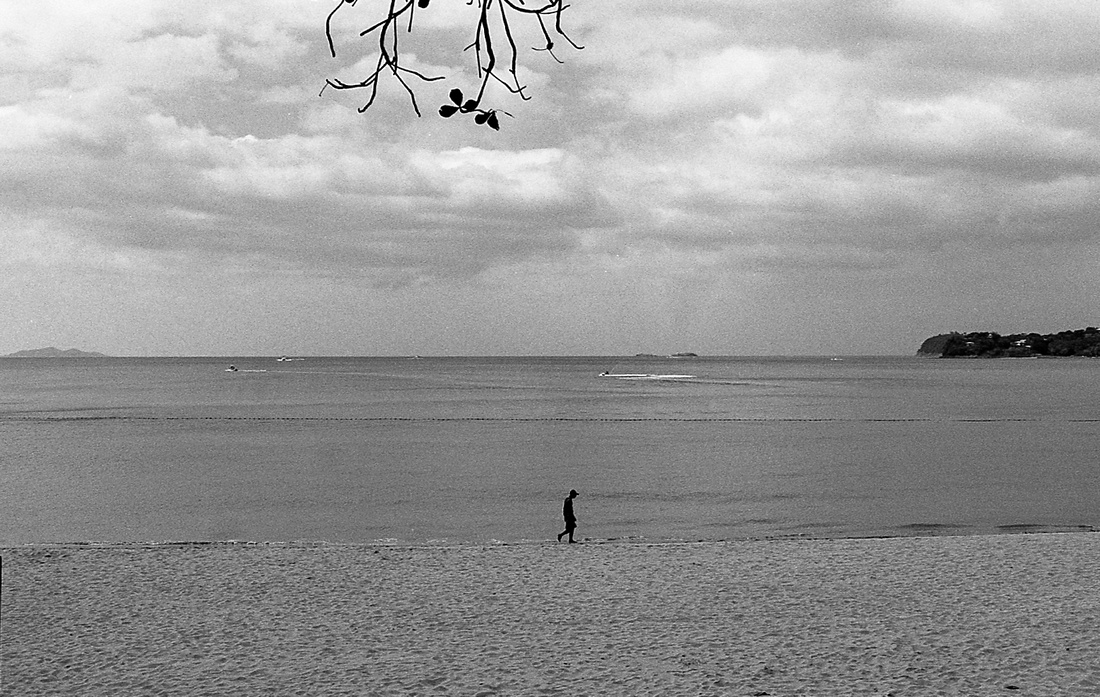

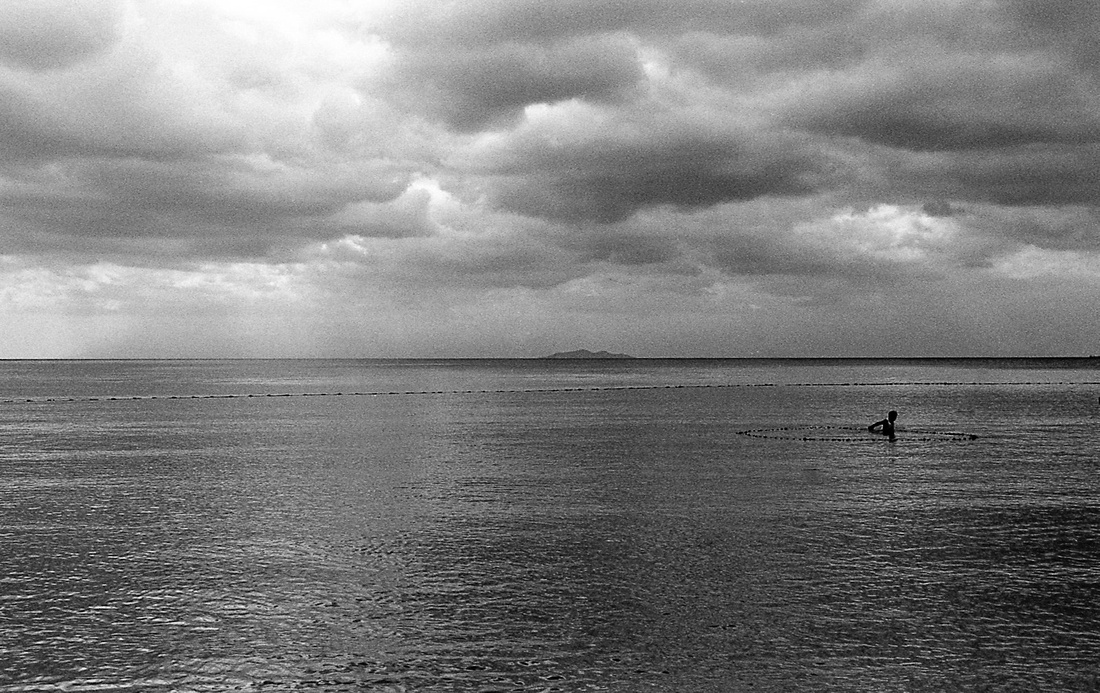





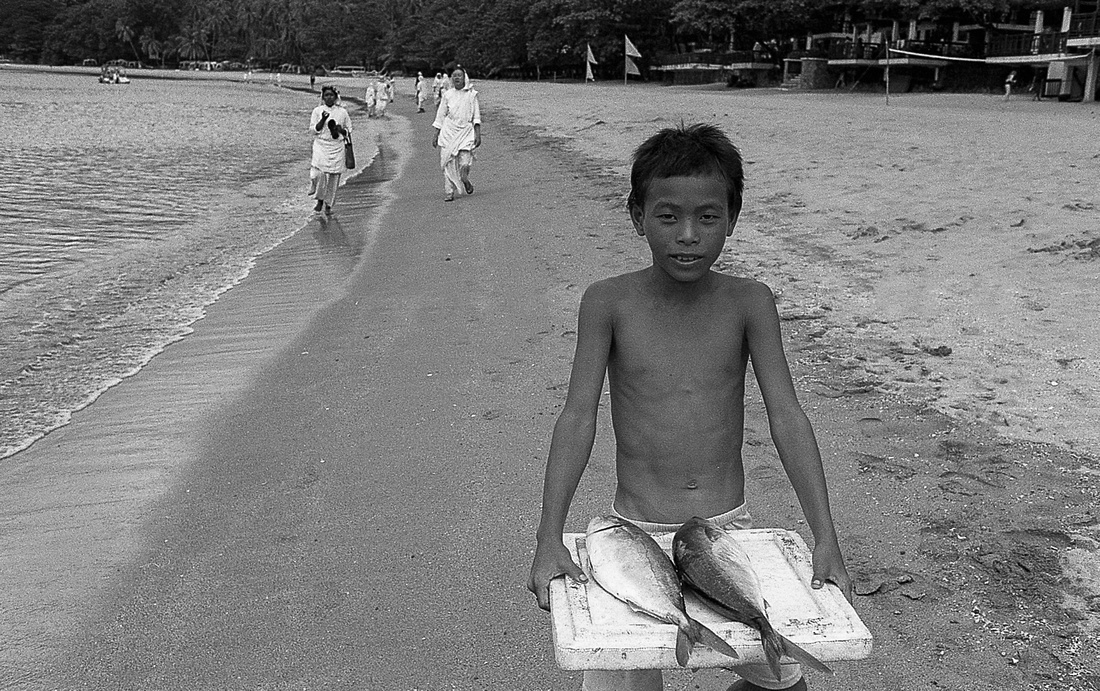

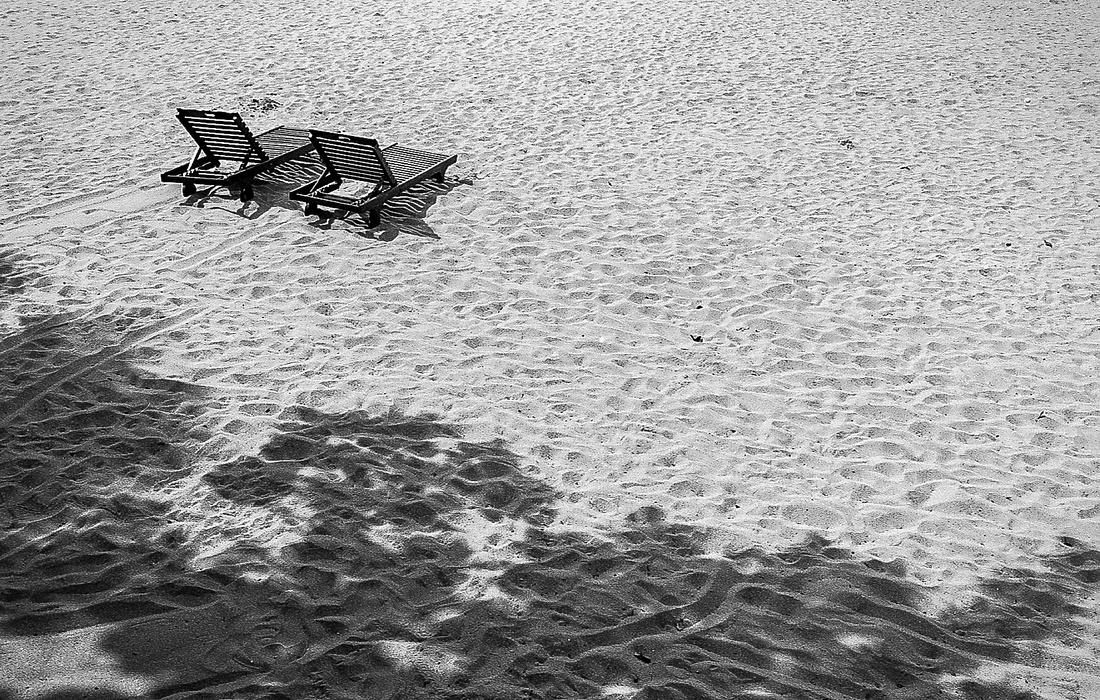

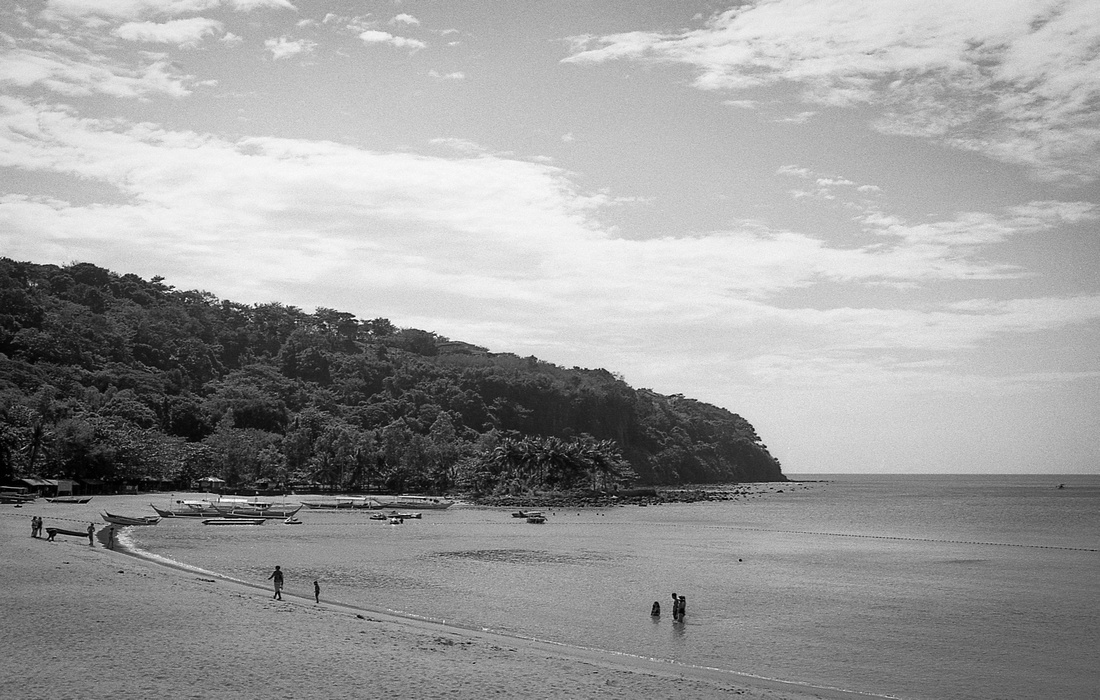



*****
Casual Photophile Tip & Techniques No. 001 The Subject is the Subject
The Inspired Eye Photography Magazine Issue #40 (full interview)
Hong Kong Free Press: HKFP Lens
Blog #25 Don’t Be Afraid of the Dark[room].
Blog #47 Composition, Composition, and More Composition
Blog #65 Summer is for Travel (Hanoi)
Blog #67 Risks, Rules, & Restrictions
Blog #68 Photography is a Gift
Blog #72 Living the Creative Life